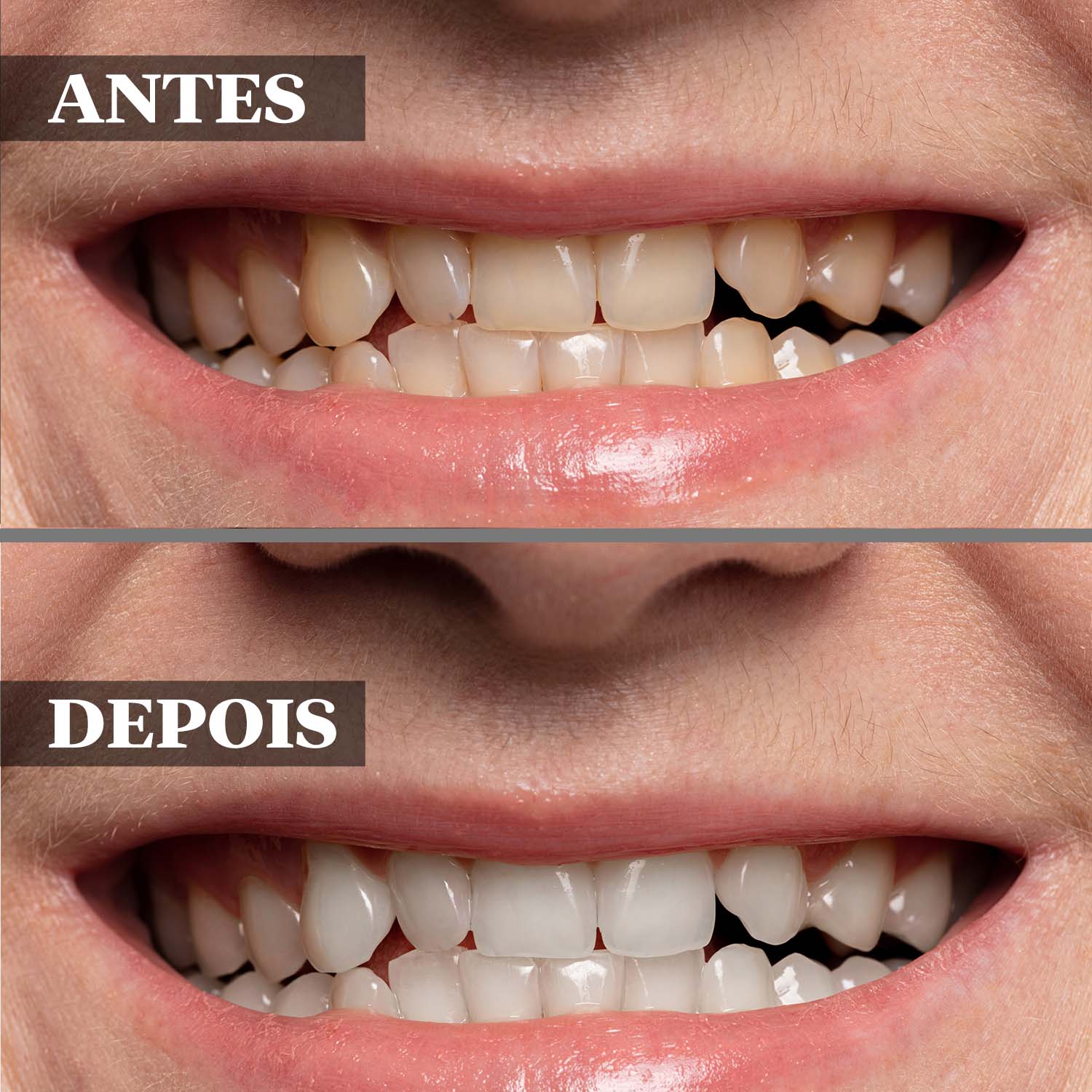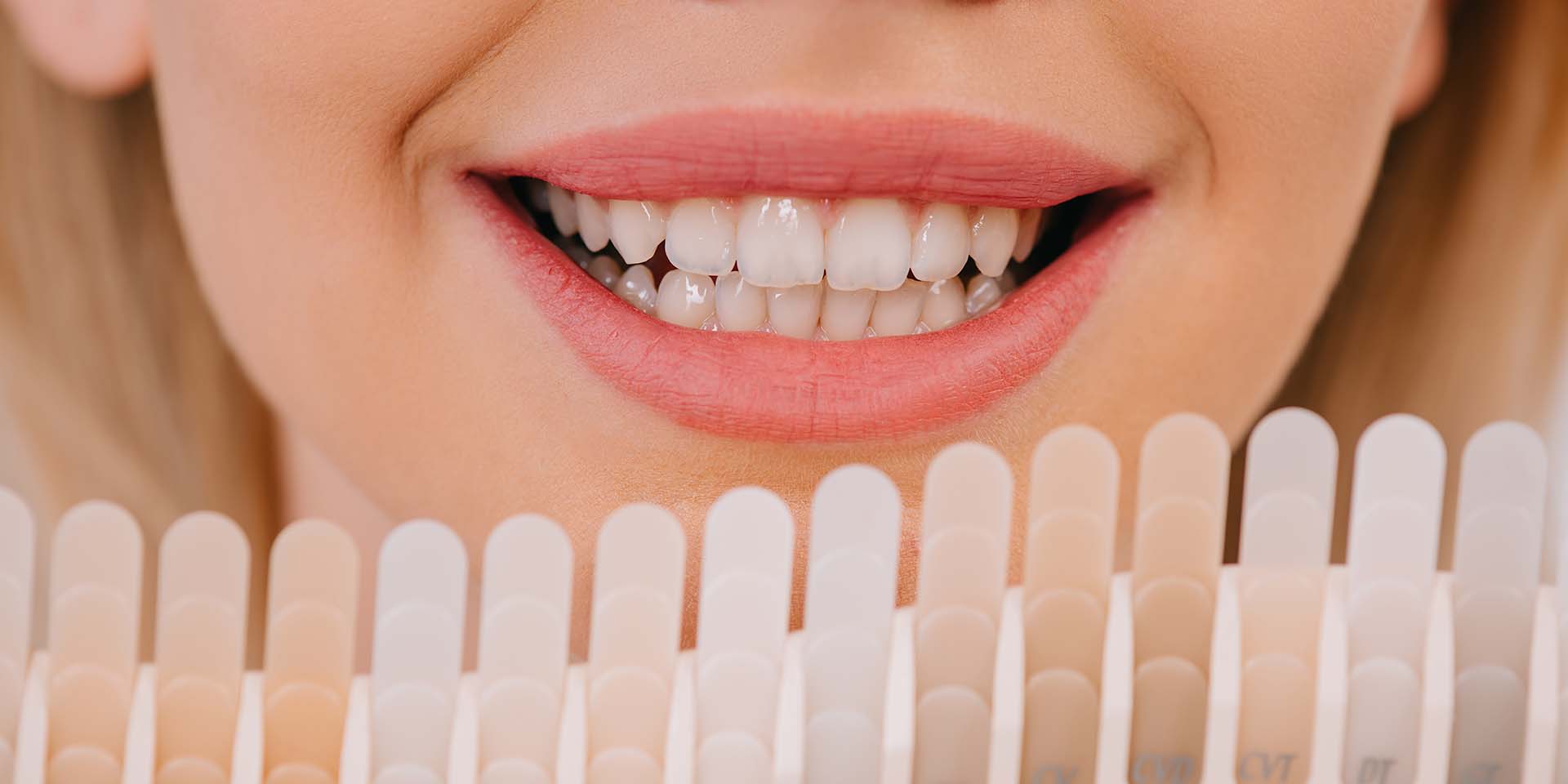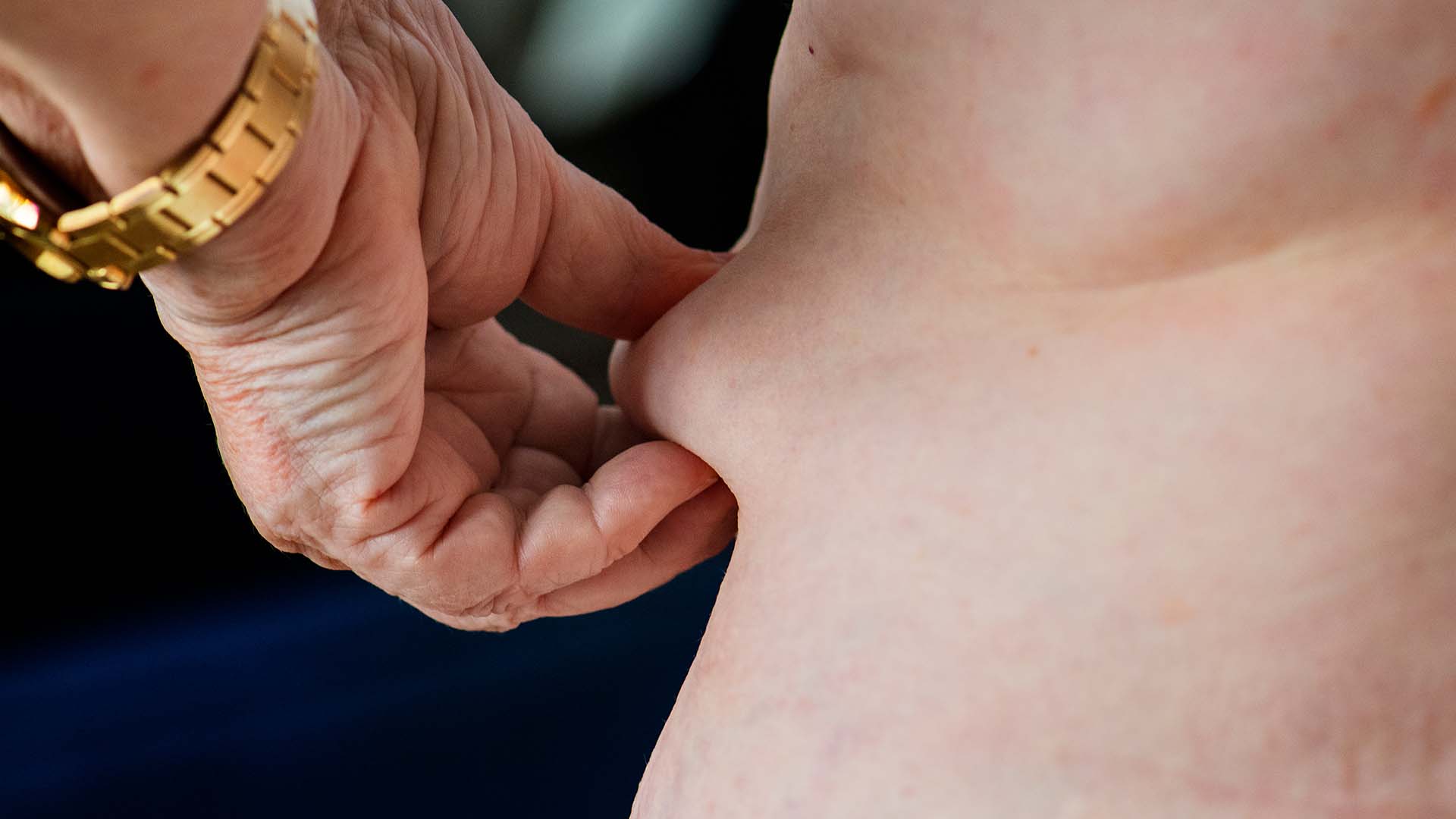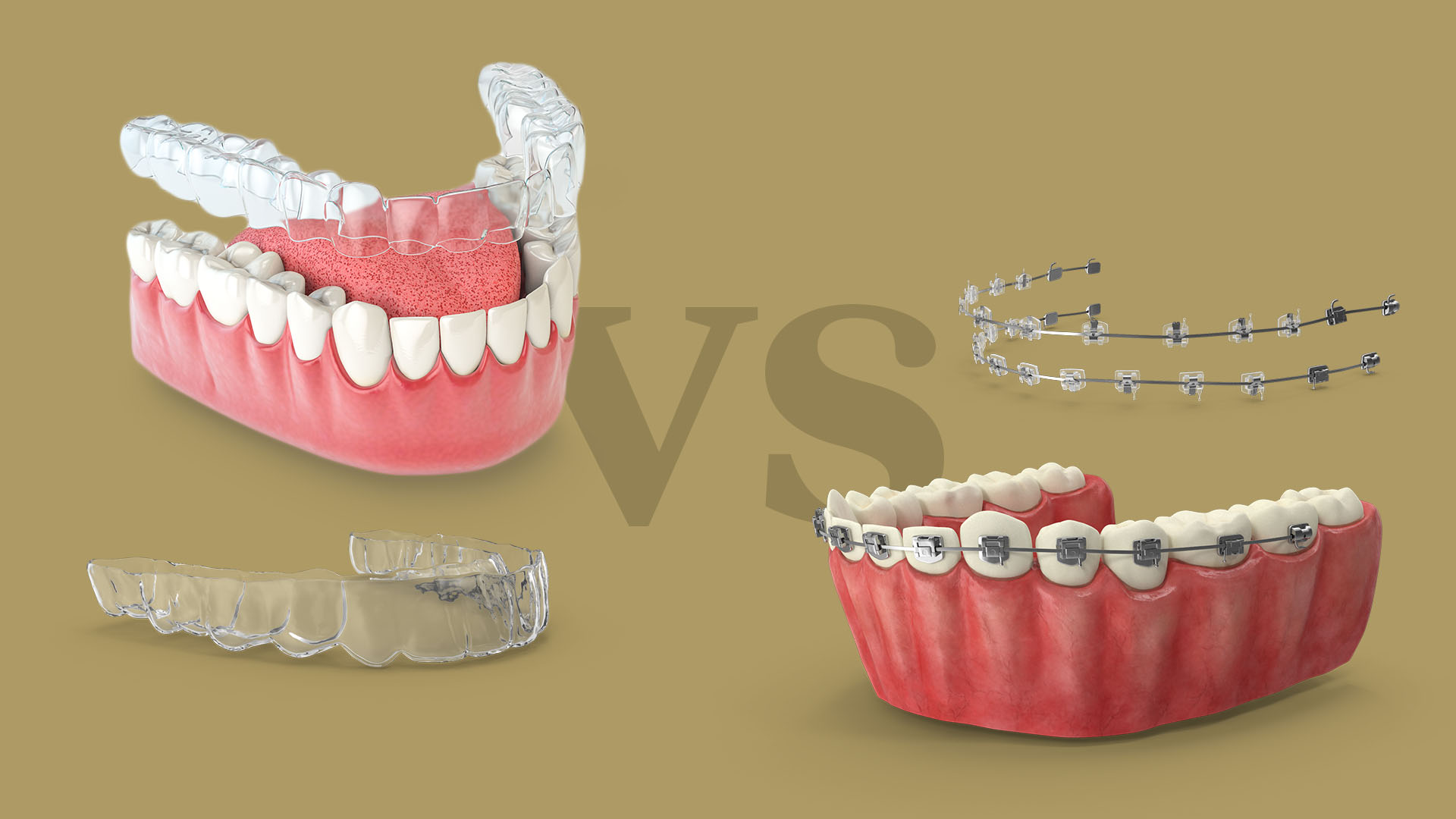Introduction
In a world obsessed with aesthetic perfection, a dazzling smile can open doors in both personal and professional relationships. But what happens when the reality of your smile doesn’t match the ideal? The quest for teeth whitening has grown exponentially, becoming a fascinating melting pot of technological innovations, home practices and, unfortunately, a number of dangerous myths. This article will take you on an informative journey, unveiling the veil that covers the facts and fictions of tooth whitening.
What is Teeth Whitening?
Teeth whitening is a cosmetic procedure that seeks to eliminate stains and restore the natural whiteness of teeth using whitening agents such as hydrogen peroxide or carbamide peroxide. These agents penetrate the tooth enamel to react with the pigment molecules, decomposing them and making the teeth visibly whiter. This process can be carried out at home or in a dental practice, depending on the severity of the stains and the speed with which results are desired.
Relevant statistics:
According to market estimates, the global tooth whitening industry is expected to reach around $7.4 billion by 2024, which reflects the growing demand for cosmetic dental treatments.
Common and Advanced Bleaching Methods
There are various whitening techniques, ranging from more traditional methods such as whitening strips and gels to advanced in-office procedures such as laser whitening. The method chosen can vary significantly in terms of cost, treatment duration and effectiveness. In-office treatments, for example, use high-intensity lights to accelerate and intensify the whitening process, providing almost immediate results.
Relevant statistics:
According to the American Academy of Cosmetic Dentistry, more than 90 per cent of cosmetic dentistry patients request some kind of whitening treatment.

Common Myths and Scientific Truths
There are many myths circulating about tooth whitening, such as the idea that it can permanently damage tooth enamel or that it is suitable for everyone. In reality, when carried out correctly and under the supervision of a professional, tooth whitening is safe and effective. However, it is not recommended for everyone, especially those with previous dental restorations, gum disease or overly sensitive teeth.
Demystification:
– A study published in the Journal of the American Dental Association confirmed that, with the right precautions, tooth whitening poses no significant risks to oral health.
Long-term effects and necessary precautions
Although tooth whitening is safe for most patients, it is crucial to maintain good oral hygiene and follow the dentist’s recommendations to avoid side effects such as tooth sensitivity. Patients should also avoid consuming foods and drinks with a high concentration of pigments for a few days after treatment to ensure long-lasting results.
Care after bleaching:
– It is recommended to avoid foods and drinks such as coffee, red wine and strongly pigmented fruit, which can stain freshly whitened teeth.
How to Choose the Best Method for You
Choosing the ideal teeth whitening method depends on several factors, including the current condition of your teeth, the desired results and the budget available. In addition, professional assessment is crucial, as the dentist will be able to carry out a detailed analysis of the patient’s oral health and recommend the most appropriate method, also taking into account the patient’s medical history and tooth sensitivity.
Conclusion
Teeth whitening is a constantly evolving field, full of innovations that promise to improve not only the aesthetics of the smile, but also the self-confidence of the patient. Choosing the right method and demystifying the procedures are fundamental to ensuring the safety and effectiveness of the treatments. With the right guidance, the benefits of tooth whitening can be maximised to achieve satisfactory and long-lasting results. How ready are you to transform your smile with the whitening options available today?
Scientific references
1.Global Industry Analysts. “Global Teeth Whitening Products Market.” (Disponível em bases de dados de análise de mercado).
2.American Academy of Cosmetic Dentistry. “Cosmetic Dentistry State of the Industry Survey.” (https://www.aacd.com).
3.Journal of the American Dental Association. “Tooth Whitening Safety and Effectiveness.” (https://jada.ada.org)



